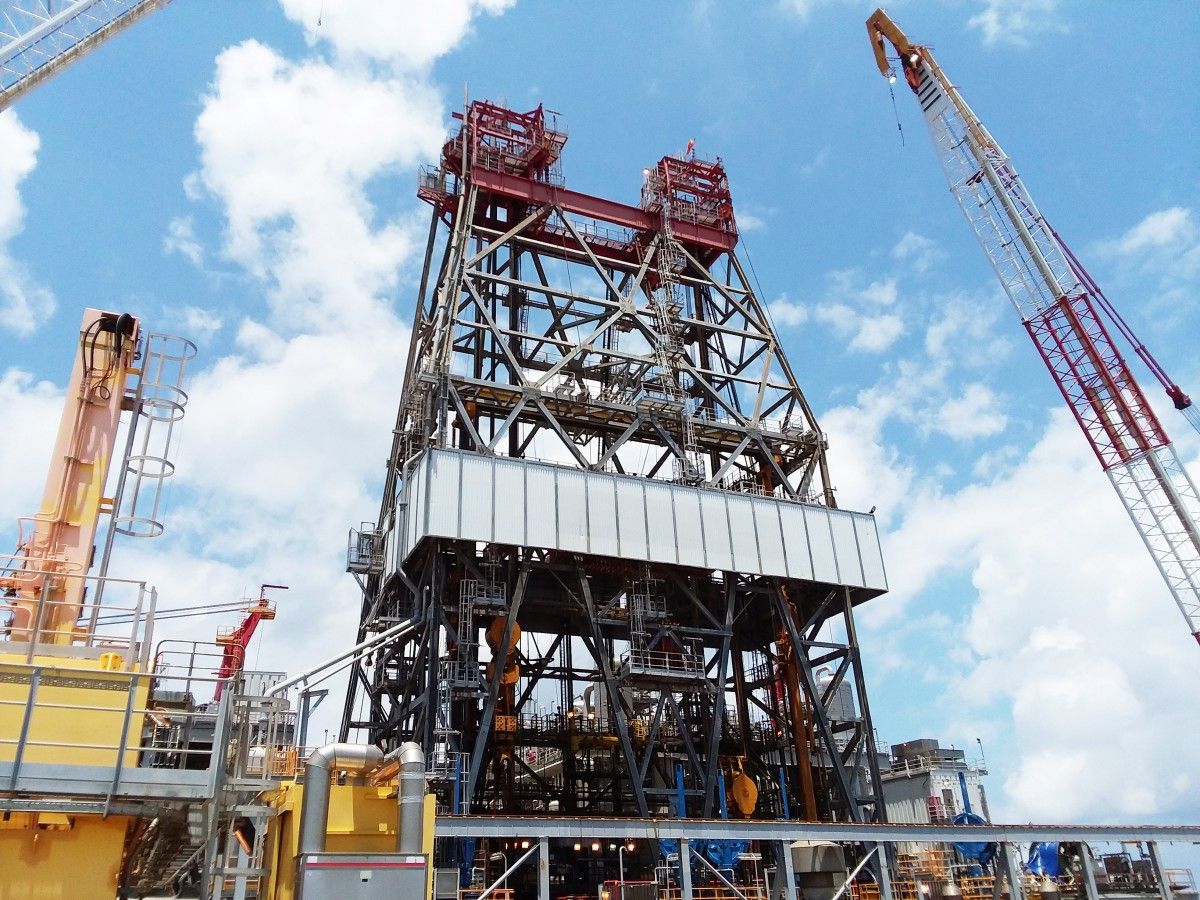
Brent crude futures were at $49.10 per barrel at 0454 GMT, up 18 cents, or 0.4 percent, from their last close, Reuters said.
U.S. West Texas Intermediate (WTI) crude futures were at $46.70 per barrel, up 16 cents, or 0.3 percent.
Both benchmarks extended gains from strong performances last week.
Read alsoReuters: Oil prices slump over 1 percent on rise in U.S. outputAnalysts said the rising prices were a result of strong demand as well as signs that a relentless climb in U.S. oil production was slowing.
"The slowing pace of increases combined with massive drawdowns last week on both official crude inventory numbers from the U.S. probably explains the positive sentiment in general at the moment," said Jeffrey Halley of futures brokerage OANDA in Singapore.
U.S. drillers added two oil rigs in the week to July 14, bringing the total to 765, Baker Hughes said on Friday.
Read alsoUkrainian innovators make break for energy independence – mediaWhile that is the highest level since April 2015, the rate of additions has slowed. New rigs over the past four weeks averaged five, the lowest since November 2016.
"Given the usual time lag between price signal and drilling decision, the coming month, which also features the E&P (exploration and production) earning season, will be key," said U.S. bank Goldman Sachs.
In Asia, China's refinery activity indicates strong fuel demand.
Chinese refineries increased crude throughput in June to the second highest on record, with some independent plants raising output even as state oil majors prepare to take drastic steps to cut production during the peak summer season.
Throughput last month hit 46.08 million tonnes, or 11.21 million barrels per day (bpd), a 2.3-percent rise from a year ago and up from May's 10.98 million bpd, data from the National Bureau of Statistics (NBS) showed on Monday.
The number was just short of December's record high of 11.26 million bpd.
Some analysts cautioned against too much optimism. "These factors (China data and slowing U.S. drilling) would act more to put a bottom in place for oil prices rather than spurring growth to new highs," said Sukrit Vijayakar, director of energy consultancy Trifecta.
Brent is at similar levels as its average price since 2015, Thomson Reuters Eikon data shows. Most price changes since 2015 have occurred in the first half, or towards the end, of a year. Overall, the second halves of every year since 2015 have seen relatively little price movement.

